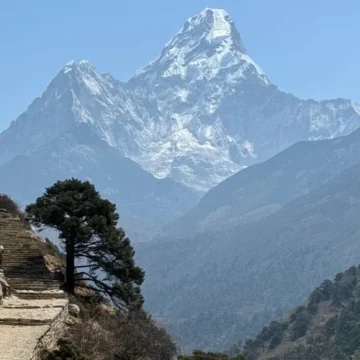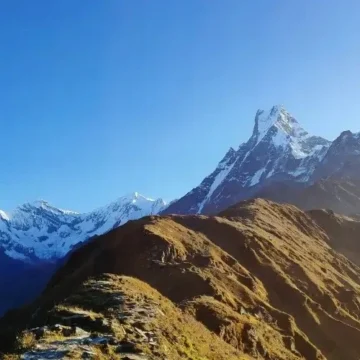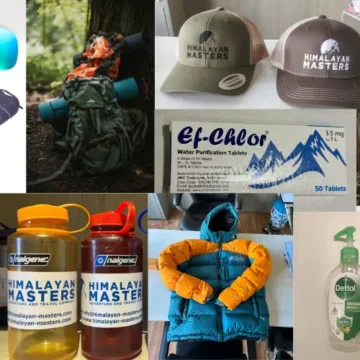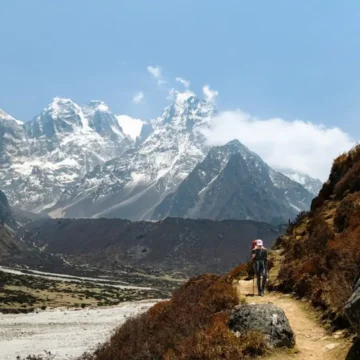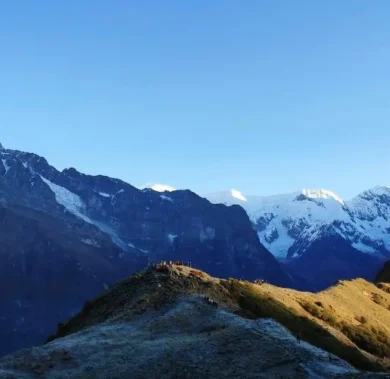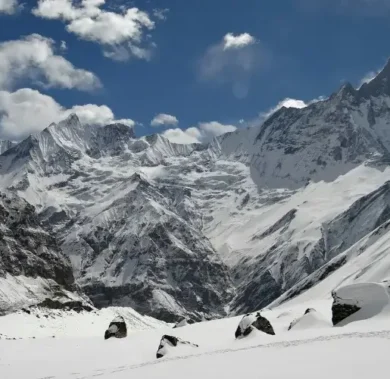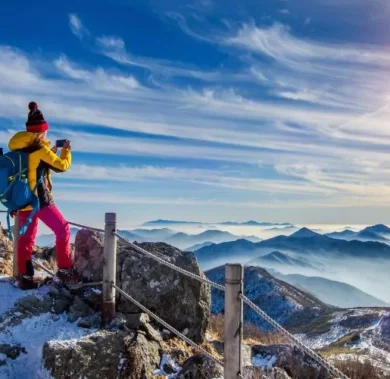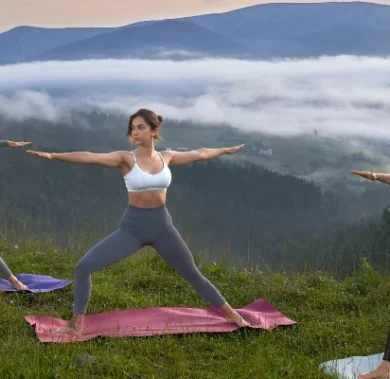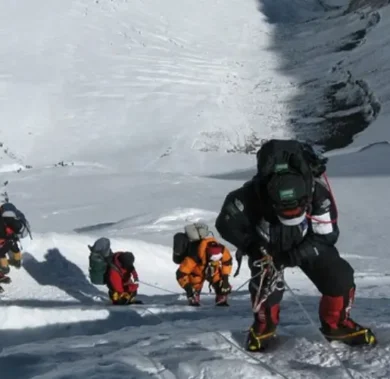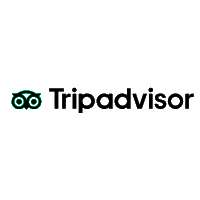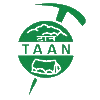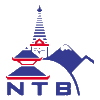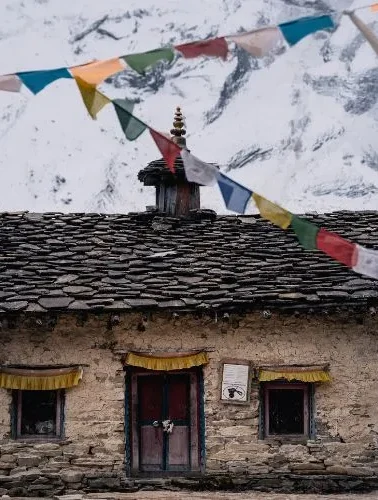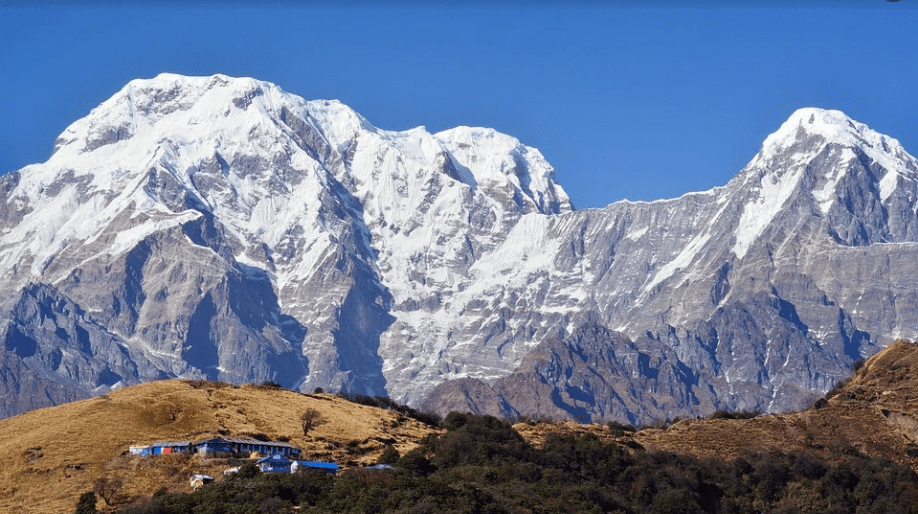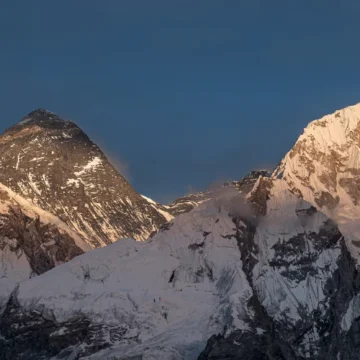
How Much Does Khopra Danda Trek Cost?
Table of Contents
One of the common questions Himalayan Masters usually get from our clients is, “How much money is enough to make any trip on a particular route?”
The cost of the full package for Khopra Danda Trekking is $780 with Himalayan Masters. Khopra Trek cost includes Kathmandu to Nayapul and Hille to Pokhara transportation, permits, guides and potters, food and accommodation for the trek.
Besides standard expenses, as mentioned previously, there are a few other expenses during the trek. The additional expenses totally depend on the interests and needs of the individuals.
The kinds of hotels you choose in Kathmandu and Pokhara, the number of days you wish to spend in the Himalayas, the means of transportation you prefer to use, the season of your trip, and your own attitude towards handling money are the determining factors of your total expenditure.
This article will help you figure out the estimated budget you may require for the Khopra Danda Trek. Even so, the cost mentioned here is just approximate.
You need to have a detailed chat with the Himalayan Masters’ staff before you begin the trip. We have presented various options for you to follow. Choose the ones that fit your interests, budget, and the overall purpose of your Nepal trip.
Beginning and Ending Points of Khopra Danda Trek
Khopra Danda Trek is a newly discovered trekking trail that is gaining popularity at a rapid pace. This trek can be begun and finished at different stations.
Mostly, it begins from Nayapul. Many trekkers prefer Ghandruk to begin this trek. Depending on the itinerary you wish to follow or the number of days you wish to spend on the trail, there are different stations to end the trek. Tadapani or Ulleri is the common ending point. Some of the hikers end their trek at Tatopani as well.
The local experts of Himalayan Masters will decide on the beginning and concluding stations according to your interest, time, and budget. The cost of transportation from Pokhara to the trek’s beginning point and from the trek’s ending point to Pokhara will also be estimated by the Himalayan Masters.
Transportation Cost for Khopra Ridge Trek
This is mainly a trekking trip in the Annapurna Conservation Area. However, until you reach the beginning point of the trek and after finishing the trek, you need to use different means of transportation. The cost varies depending on the kind of vehicle you choose and the distance you need to travel.
Kathmandu – Pokhara – Kathmandu Flight and Drive Cost
Flight: Around $115
Charted Flight: Around $1900
Local Bus: Around $7
Tourist Bus: Around $10
Luxury Tourist Bus: Around $30
Private Car: Around $110
Jeep: Around $150 (six persons)
Since the Khopra Danda trail is situated in the Annapurna Sanctuary, Pokhara is the gateway to this region. Thus, all international trekkers and domestic individuals must travel to Pokhara. There are various options for you to travel this 200 km distance.
A very short and easy way is to take a 25-minute domestic flight, paying $115. If you take the morning flight, the trek can begin on the same day without staying overnight in Pokhara.
If you wish to travel in luxury and miss the regular flight, or if you have an urgent or extremely short time, you can book a chartered flight for $1900.
Apart from the airways, you have five different options for travelling from Kathmandu to Pokhara by roadway. It normally takes 7 to 8 hours for any vehicle to travel this distance.
If you hire a private car, paying about $110, you might reach your destination one hour earlier than the big vehicles.
Some luxury tourist buses leave for Pokhara every day. They cost nearly $30 for an individual with a luxurious seat, AC, and probably a bottle of water.
The next option for you to choose is taking a normal tourist bus at $10 or a Jeep, which can be hired at $150 for six individuals. The final and cheapest option is to take the local bus, which costs you around $7.
Pokhara To Beginning Point & Ending Point to Pokhara Drive Cost
Private Car (reserved): $20 (maximum 4 persons)
Taxi (reserved): $18 (maximum 4 persons)
Jeep (reserved): $25 to $30 (maximum 7 persons)
Local bus: $2 to $3 per person
Travelling from Pokhara to Nayapul is not that difficult as it is the common route where you can get many local buses running. They are comparatively cheaper than a private car, a taxi or reserving a jeep. Basically, the local bus charges you $2 to $3 for a single individual.
Private Car, Taxi or Jeep can be reserved by paying $20 to $30 for as many people as the number of seats in the vehicle. Hiring a private car can also be a great idea, paying nearly $20 for a single trip.
However, a genuine deal can be done instead of paying any amount you are demanded with a good bargaining skill.
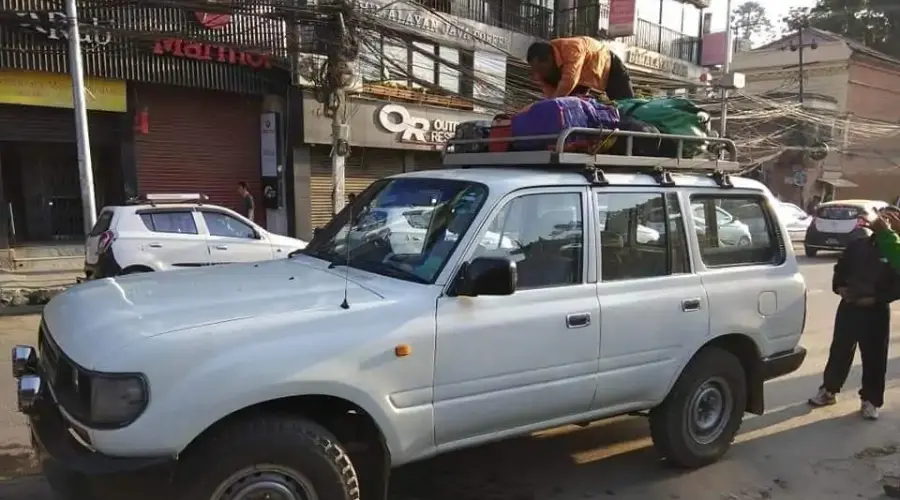
Permit Cost Required for Khopra Danda Trek
For trekking Khopra Danda, trekkers will need to issue only one permit, i.e. Annapurna Conservation Area Permit (ACAP).
The cost of issuing the permit varies for foreign citizens, SAARC citizens, and local Nepali citizens. It costs NPR 3000 (about $25) for foreigners, whereas for SAARC countries, it’s just NPR 1000 (about $8). Nepalese citizens need to pay only NPR 100 for the ACAP.
The trekkers need to register for this permit at every checkpoint in the system. This allows the authority members to perform rescue missions immediately in case of emergency.
Trekkers might also need to issue Trekkers’ Information Management System card (TIMS card). This permit is implemented jointly by the Nepal Tourism Board and the Trekking Agencies Association of Nepal, ensuring the safety and security of every trekker in Nepal’s Himalayas. It costs around NPR 2000 ($17) for foreigners and NPR 1000 ($7.5) for SAARC countries.
Food and Accommodation Costs
Dal Bhat (lunch/dinner): $5-$10 per person
Main course (lunch/dinner): $5-$6 (lower elevation)
Main course (lunch/dinner): $8-$10 (higher elevation)
Breakfast: Around $5-$8
Accommodation: About $10 (usually for two persons)
Since the teahouses are the common accommodations along the trail, you will be enjoying the foods that are available in the teahouses. You might not have as many choices as you wish at higher altitudes compared to the hotels in Kathmandu and Pokhara or at lower altitudes.
Almost all the teahouses prepare Dal Bhat for lunch and dinner as it is the main course for more than 90% of Nepalese. In recent days, Dal Bhat has become famous even among foreigners as it gives the high nutrition required for hiking for long hours.
A set of Dal Bhat costs around $5-$10, and you can add as much as you wish without any additional charge. Besides Dal Bhat, you can find Indian, Chinese, and Western food that normally costs $5 to $7 for the main course, especially around the lower region of Khopra.
The price of the food goes up as you hike to higher elevations. The cost of accommodation in the teahouses is around $5-$6 for two people, mostly in the lower elevations. However, you might be charged up to $7 or $10 for a room at a higher altitude.
The rooms in the teahouses are comparatively cheaper, but you are mostly expected to have dinner and breakfast at the same teahouse where you stay overnight. If you wish to eat somewhere else, you might be charged higher for the room.
Overall, the total cost of food and accommodation in Khopra Dana Trek can range around $20-$25.
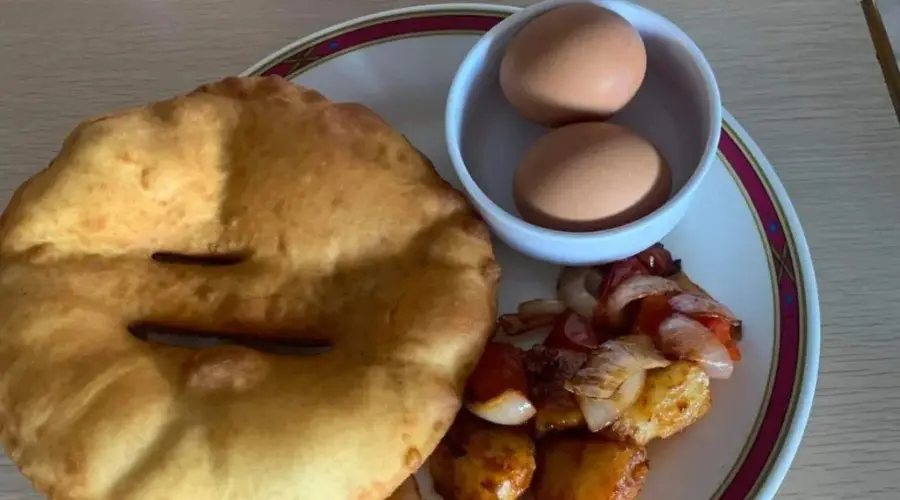
Cost for Food and Accommodation in City
In cities like Kathmandu and Pokhara, trekkers can find all sorts of accommodation. They can choose to stay in cheap dormitory hostels or exclusive luxury hotels.
Likewise, the hotels in these cities offer delicious Nepali cuisines, along with Chinese, Indian, Thai, Continental, and many more food menus. They have a wide variety of drinks ranging from simple tea, coffee, or smoothies to branded hard drinks.
Nevertheless, the cost of accommodation also ranges according to the type of hotel you stay. They could cost around $20 to 100.
We Himalayan Masters provide 2-nights exclusive accommodation in Pokhara, including breakfast. However, you can choose to stay in a more luxurious hotel with some additional charge.
Hotel Cost in Pokhara
Five Star: $160 to $200 per night (Cost for BB)
Three Star: $70 to $140 per night
Tourist Standard: $30 to $50
Hostel: $4 to $6 per bed/night
This trip begins from Pokhara, one of the important tourist hubs in Nepal. Pokhara is a city with a variety of hotels offering the best accommodations to its visitors. You can choose any hotel based on your interests and the budget you are ready to spend.
Cost of Drinks During
Bottled Water: $1 to $3 per liter
Any hot drink like Tea/Hot Chocolate: $1 to $3 per cup
Beer: $6 per can
It is essential to stay hydrated while hiking in the Himalayas. While you walk for long hours in higher altitude regions, your body requires much water to maintain the hydration level.
Therefore, as a source of water, trekkers can choose to drink bottled water or fill the bottle provided by Himalayan Masters from the tap of a teahouse or natural springs. Then, use the water purifying tablet, also provided by us, and drink it.
The bottled water costs $1 to $3 along the trail. Buying bottled water every time you require it is too expensive for you. So, we recommend you carry a reusable bottle and some water-purifying tablets.
Apart from drinking water, you can have other hot drinks, soft or cold drinks, and some alcoholic drinks as well.
Hot drinks like tea, coffee, lemon water, ginger water, etc., cost $1 to $3 per cup. On the other hand, alcoholic drinks and beer can cost approximately $6 per can. Moreover, we do not recommend drinking any alcoholic drinks during the trek due to health concerns.
NOTE: The cost of food, drinks, and accommodation can be quite higher in the peak seasons like spring and autumn in comparison to monsoon and winter.
Guide And Porter Cost for Khopra Danda Trek
Guide Cost: $25 to $30 per day
Porter Cost: $20 to $25 per day
Many Himalayan treks, including the Khopra Danda trek, can be done independently without hiring a guide and porter. It is convenient for trekkers who already have prior trekking experience and good knowledge of the climate, trail, difficulties, and possible calamities.
But we highly advise the trekkers to trek with an experienced guide who has full knowledge of the Himalayan climate, mountains, terrain, and cultures.
A guide normally costs $25 to $30 per day, including his food, accommodation, insurance, and salary. This little amount makes your trip far more comfortable, informative, and better, as they ensure safety and a meaningful trip as local experts.
In addition, a porter, on the other hand, generally costs about $20 to $25 per day. They carry all your luggage, which lets you enjoy the trek to the fullest and lessen the burden on your shoulders.
If you want, we can also provide you with a single person who plays the roles of guide and porter, both of whom cost around $30 per day.
NOTE: If you book your Khopra Danda Trek package with Himalayan Masters, the cost of the guide and porter will be covered in the trip package.
Tipping Cost for Guide and Porter
Tips are not obligatory; however, most clients want to thank their service providers, like the guide, the porter, and others. So, a small amount of money just as a sign of appreciation and satisfaction gained during the trip is customary.
Normally, the tips for the guide and porter are 10% of your trip or $100. However, you can tip them as much as you like.
Gear and Equipment Cost for Khopra Trek
As this trek is a short and easy trek, you don’t need any special trekking gear. However, you must not miss a few items on your packing list.
So, remember to buy warm and comfortable clothes, a down jacket, a trekking bag, sturdy trekking boots, a sleeping bag, trekking poles, etc.
Overall, the cost of buying all these gears could be around $200 to $300. However, if you want to purchase premium-quality items, the price might be higher.
Other Additional Costs
Besides formal costs, there are still some other areas you may have to spend during any Himalayan trek. The following is a short description of the additional cost of the Khopra Danda trek.
Travel Insurance Cost
This document is a basic requirement for any trip, especially one that is highly mountainous and adventurous. It covers the emergency rescue and evacuation services during the trip.
Although the Annapurna base camp trek is one of the less risky treks, you have to travel on rough terrain for 4-6 hours daily. Thus, safety precautions are required for unpredictable circumstances.
Hot Shower Cost
Since the most common accommodations in the Annapurna region are teahouses, they hardly have the provision of taking a hot shower. However, some of them have managed this facility with little additional charge. They normally charge $2 to $3 for a single hot shower.
Internet/Wi-Fi Cost
Major cities like Kathmandu, Pokhara, and some lower regions of the trail offer free Wi-Fi service. But most regions in higher elevations have very limited internet service. So, they normally charge $1-$2 per hour for internet connection.
Mobile/Battery Charging Cost
Do not be surprised to hear that there is an additional charge for charging your electronics. It is common in most of your trekking trails, especially in remote areas. You will have to pay $1 to $2 to charge your electronic gadget for an hour or two. The amount varies in different places.
Souvenirs
Nepal is famous for its art and architecture. Most of our clients mention in their reviews that despite being small in size, Nepal offers something for everyone.
You can pick up anything for your family, friends, or yourself as a memento of the Himalayas, either in Pokhara or Kathmandu or in the villages in the mountains. The price depends on the items you choose or the place you buy them.
Emergency Funds
Trekkers might want to keep a few dollars and cash in their pocket for the trek. They might want to buy some snacks for the trek or want to gift locals for their warm hospitality.
Also, there might be some medical emergencies, or you want to extend the trek, for which you need to have extra money. Likewise, you need to allocate some emergency funds for buying gear in case you forget to pack it or break it.
Therefore, it is recommended that you have at least $200 to $300 in cash as emergency funds.
Cost for Booking Khopra Danda Trek
The cost for booking Khopra Danda Trek with Himalayan Masters is 20% of the trip cost. Once you have confirmed the trek date and all other information, you can pay the booking fee to confirm and complete the booking process.
Tips on Saving Cost for Khopra Danda Trek
- Normally, during peak seasons, the cost of accommodation is expensive. So, trekking during the off-season or just before or later in the peak season, the total cost of the trek is comparatively cheaper.
- If you are a solo, group of 2, or even bigger groups, instead of travelling in private vehicles, travelling in public vehicles could save significant money.
- Instead of travelling solo, you could save money by hiring a guide or porter, or transportation could be cheaper if you are travelling in a group.
- Buy and spend money only on essential and good quality trekking gear for Khopra.
- Every time you pay through an ATM, you need to pay a 3.5% additional charge, which is not wise. So, we suggest that you exchange money for Nepali currency cash.
Please do not hesitate to contact us if you are looking for someone or some information.
Want to know more?
Speak to an Expert





Sandip Dhungana
Nepal 🇳🇵
Whatsapp: +977-9823636377



